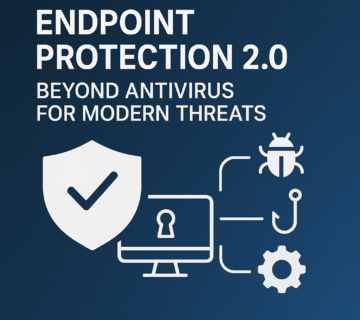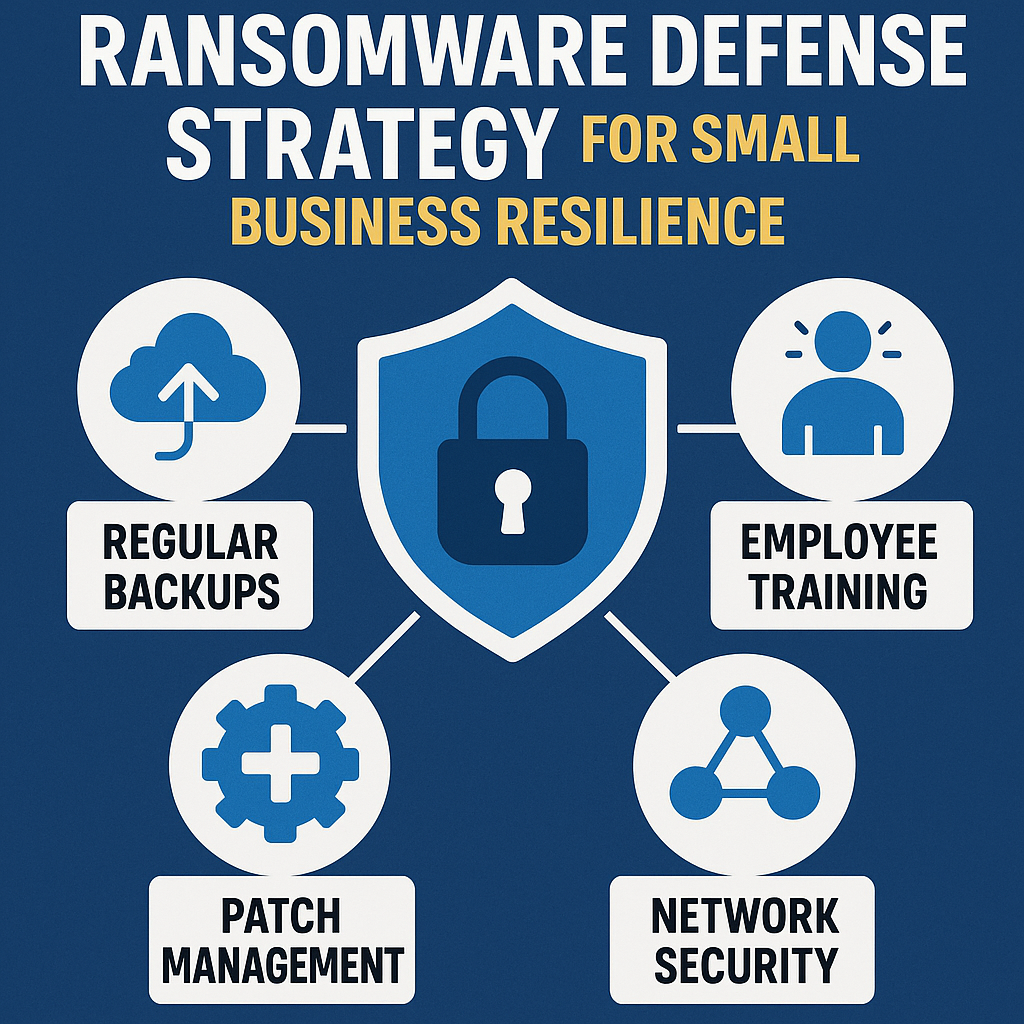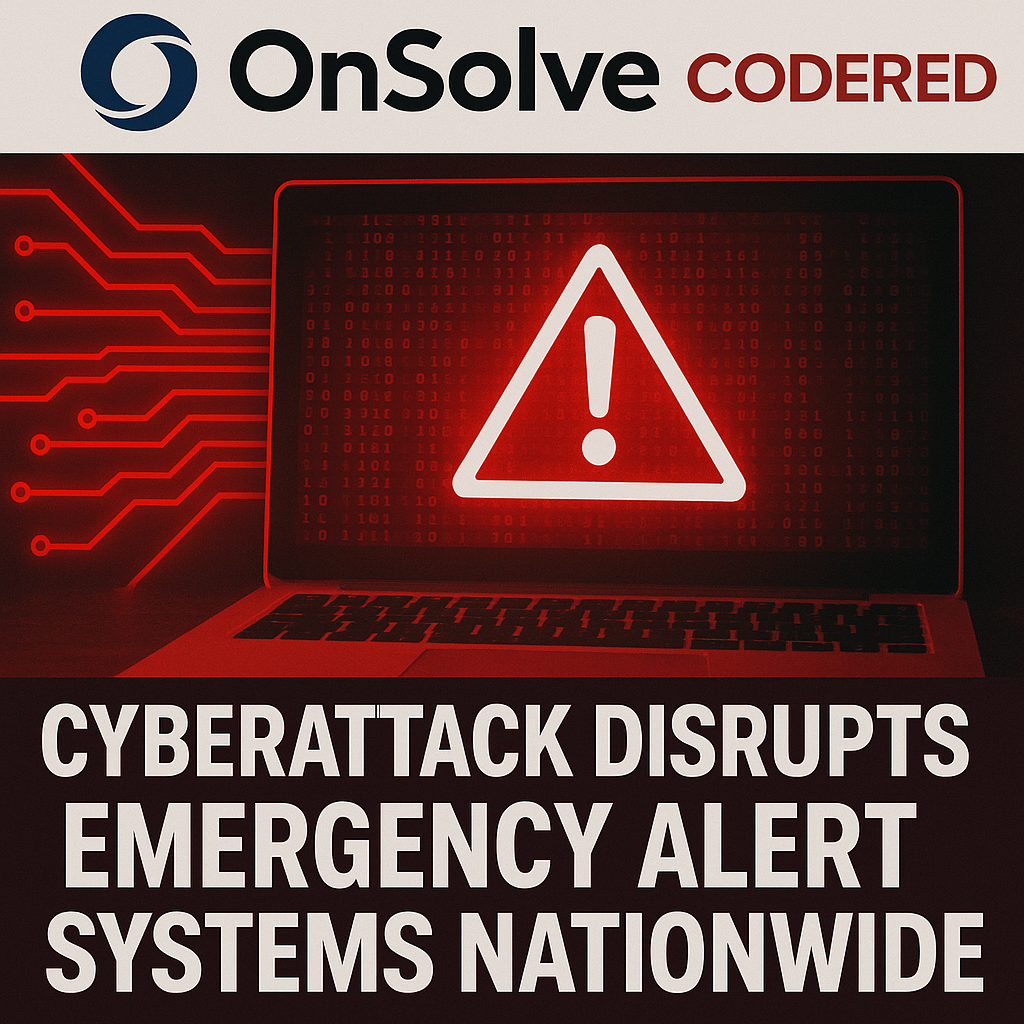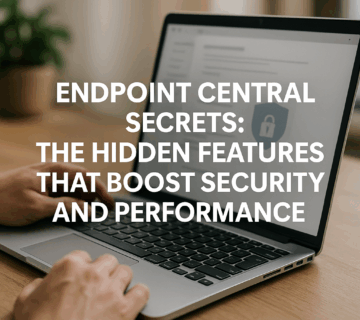New Ransomware Erupts: ‘Volcano Demon’ Behind Latest Malware Attack
A new and formidable adversary has emerged: ‘Volcano Demon.’ This latest ransomware attack is causing significant disruptions, drawing the attention of cybersecurity experts worldwide. As organizations scramble to protect their data, understanding the mechanisms and implications of this novel locker malware becomes paramount.
The Emergence of ‘Volcano Demon’ Cybersecurity analysts have identified ‘Volcano Demon‘ as a highly sophisticated form of ransomware. Unlike traditional ransomware, which typically encrypts data and demands a ransom for its release, ‘Volcano Demon’ employs a unique approach, targeting both the integrity and availability of data. This dual-threat nature makes it particularly challenging to combat.

How ‘Volcano Demon’ Operates The ‘Volcano Demon’ ransomware functions through a series of complex steps designed to infiltrate and incapacitate target systems:
- Initial Infection: The ransomware often gains entry through phishing emails, malicious attachments, or compromised websites.
- Propagation: Once inside the network, it spreads rapidly, utilizing various exploit techniques to infect multiple devices.
- Data Locking: The malware then locks crucial files, making them inaccessible to the user.
- Ransom Demand: Victims are presented with a ransom note, demanding payment in cryptocurrency to unlock their files.
The Impact of ‘Volcano Demon’ The repercussions of a ‘Volcano Demon’ attack are severe, with affected organizations experiencing significant operational disruptions. The inability to access critical data can halt business activities, leading to financial losses and reputational damage. Additionally, the recovery process can be lengthy and costly, further exacerbating the impact.
Expert Insights and Responses Cybersecurity experts are urging organizations to take immediate action to bolster their defenses against ‘Volcano Demon’ and similar threats. Key recommendations include:
- Regular Backups: Maintain up-to-date backups of all critical data to facilitate recovery without paying the ransom.
- Employee Training: Educate staff on recognizing phishing attempts and other common attack vectors.
- Advanced Security Solutions: Implement robust antivirus and anti-malware software, alongside intrusion detection systems.
The Future of Ransomware Threats As cybercriminals continue to evolve their tactics, the emergence of sophisticated threats like ‘Volcano Demon’ underscores the need for ongoing vigilance and innovation in cybersecurity measures. Organizations must stay ahead of the curve by adopting proactive security strategies and staying informed about the latest threat landscapes.
The eruption of ‘Volcano Demon’ ransomware serves as a stark reminder of the persistent and evolving nature of cyber threats. By understanding the mechanics of this novel locker malware and implementing comprehensive security measures, organizations can mitigate the risks and safeguard their data against future attacks.
FAQs
- What is ‘Volcano Demon’ ransomware? ‘Volcano Demon’ is a novel form of ransomware that locks critical files and demands a ransom for their release, causing significant operational disruptions.
- How does ‘Volcano Demon’ infect systems? It typically gains entry through phishing emails, malicious attachments, or compromised websites, then spreads rapidly within the network.
- What should organizations do to protect against ‘Volcano Demon’? Organizations should maintain regular backups, train employees on recognizing phishing attempts, and implement advanced security solutions.
- What are the consequences of a ‘Volcano Demon’ attack? Consequences include operational disruptions, financial losses, and reputational damage, along with lengthy and costly recovery processes.
- Are there any notable cases of ‘Volcano Demon’ attacks? Yes, several high-profile incidents have been reported, including attacks on healthcare providers and multinational corporations.
- How can organizations stay ahead of ransomware threats? By adopting proactive security strategies, staying informed about the latest threats, and continuously improving cybersecurity measures.





